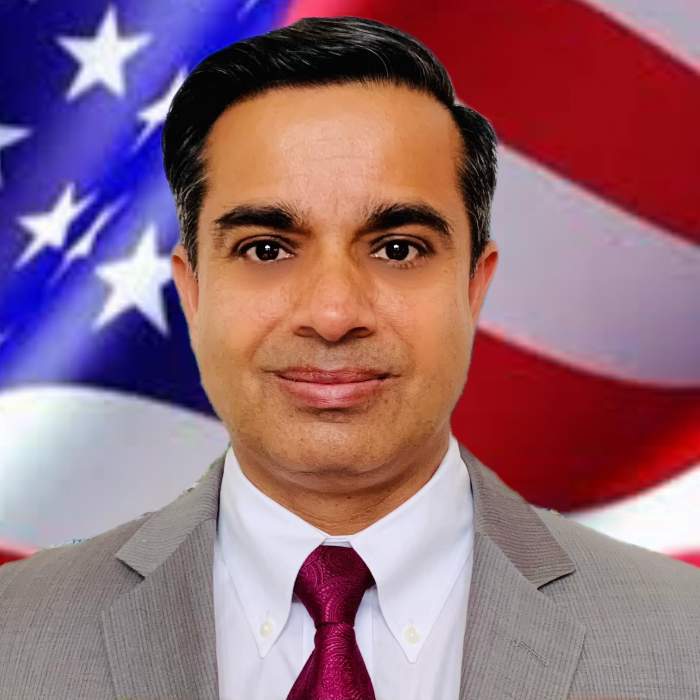

This summary has been prepared to introduce Maha Shivaratri festival and explain its significance then invite community for Pooja and celebration in a program organized by Nepali American Community Center (NACC) of Northern Virginia on March 11 at 5:00PM. While this article focus only on Maha Shivaratri, it should be noted that NACC celebrates all major Nepali festivals as Nepali community and NACC members follow multiple religions, have different mother tough and diverse culture/traditions that need to preserved/promoted and transitioned to new generation.
Maha Shivaratri is celebrated in grand scale by the followers of Lord Shiva. It is a community festival in Nepal, India and some other countries as the followers of lord Shiva gather in temples in group for abhishek (sacred bathing) and sing song/bhajan praising Lord Shiva all night together. The day starts with bathing in holy river early morning and spent praying/chanting lord Shiva’s name all day and keeping fast. When night falls, devotees visit temple and perform abhishek of the Shivalinga.
Maha Shivaratri is celebrated in different part of world specially in India and Nepal for different reasons. Some consider this day to be the one when Lord Shiva married Parvati. Some temples in India and Nepal celebrate by reenacting the divine marriage at midnight. For some, it is the day when Lord Shiva drank all the poison which came out from the churning of ocean. Lord Shiva drank and confined it in his neck, to save the world, earning his name as Neelkanth. So, it is the day of thanksgiving to Lord Shiva for saving the world. For others, this is day when Lord Shiva danced the Tandava dance all through night. Dancing form of Shiva is called Nataraj.
Main offering to Lord Shiva is Abhishek. He is known to love abhishek of Shivalinga by milk, yogurt, ghee, honey, water and other cooling stuff, since it helps cool down the effect of poison he holds in his throat.
In the word Shivalinga, Shiva means “The auspicious one” and linga comes from Sanskrit word lingam means “mark” or “symbol” so the Shivalinga is a symbol of Lord Shiva worshipped in many temples. The Shivalinga symbolizes creation and cosmic energy. The worship of Shivalinga represents the union of Shiva and Shakti-Parvati resulting in the creation of the universe. In the phrase Maha Shivaratri, Maha means “great”, Shiva is for “Lord Shiva” and Ratri means “night” so Maha Shivaratri means ‘great night of Lord Shiva’. Lord Shiva is one of the three forms of God. While first form Lord Brahma is creator of the universe and second form Lord Vishnu maintain the universe, third form Lord Shiva looks after the annihilation of the universe. Lord Brahma, Vishnu and Shiva are the Hindu Trinity presiding over the Creation, the Preservation and the Annihilation of the universe in an eternal cycle. Shiva is said to have eight forms which is known as Ashtamurthi. These eight forms of Shiva; Sharva, Bhava, Rudra, Ugra, Bhima, Pashupati, Ishana and Mahadeva are said to be the earth, water, fire, wind, sky, yogi, sun and moon respectively. Rudra is the proto form of Shiva who was the principal deity of Vedic period. Rudra was prominently known as the destructive god of Vedic society. Puranic Shiva is a developed structure of Vedic Rudra in which so many other minor deities were assimilated. Pashupati is that form of Rudra whose existence is attributed to Shiva. Pashupati is the Lord of beasts. The famous Hindu temple Pashupati Nath temple in Nepal is named after Shiva’s this form.
Lord Shiva lives in Mount Kailash in Himalaya mountains with Goddess Parvati engaging in deep meditation. He wears snakes as an ornament and has the crescent of the fifth day of moon on his head. His hair is tied in a knot on the top of his head where he holds the holy river Ganga. His favorite weapon is Trishul, the trident fork and holds a Damaru, a small drum on his palm and loves sounds beating of this drum. He is clad in tiger skin and rides on the bull Nandi. Each of these items that lord Shiva features have deep spiritual and religious meanings.
In order to offer service to community members and devotees of Shiva and keep this heritage, tradition and culture of Nepalese alive, the Cultural Committee of Nepali American Community Center (NACC) of Northern Virginia had started organizing celebration of Maha Shivaratri festival last year, March 2020. NACC would like thank all for coming to last year’s Maha Shivaratri celebration in large numbers and making it successful in keep this Nepali tradition vibrant. NACC has organized its 2nd Maha Shivatratri Pooja and cultural celebration starting 5:00PM on Thursday, March 11, 2021. This year, religious Pooja will be from 5:00PM to 6:00PM in Zoom accessible from this link , cultural program until 7:30PM then informal prayers/dances/praise of Lord Shiva .The cultural program will be live streamed from eNepalese and NACC Facebook pages.
We look forward to seeing you, your family and organization members on this event. We wish you all a blessed Great Night of Lord Shiva, “Maha Shivaratri”.
For any additional information about Maha Shivaratri and celebration program, please visit NACC https://nepalicenter.org or email [email protected] or contact any member of NACC Cultural Committee or IEC or IBOT officers.
-Puru Subedi
NACC Interim Board of Trustee Officer, Patron
Comment